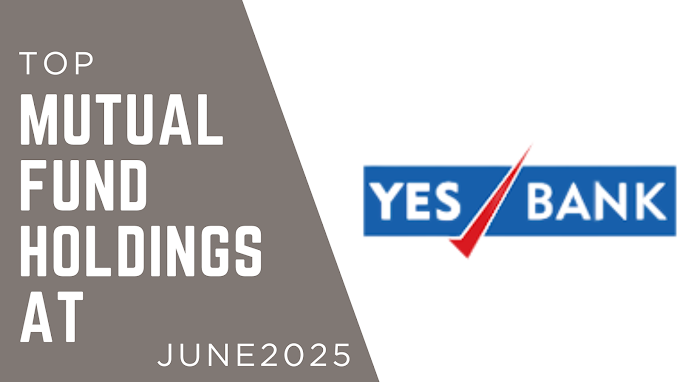In the latest announcement by the Ministry of Finance, interest rates on small savings schemes will remain unchanged for Q2 FY26 (July–September 2025). This move marks the sixth straight quarter without a rate revision—even though the RBI has cut repo rates by a cumulative 1% in 2025.
💰 Key Interest Rates (July–September 2025)
🔗 These schemes remain attractive for conservative investors looking for guaranteed, government-backed returns.
---
🔄 Why No Rate Change?
Despite declining interest rates in the broader economy:
- The government continues to protect retail and senior citizen savers
- It aims to ensure fiscal stability by maintaining deposit inflows into the National Small Savings Fund (NSSF)
- Stability in savings rates encourages long-term household saving behavior
---
📈 Impact on Mutual Funds: A Mixed Bag
Though the small savings schemes are not directly linked to mutual funds, their unchanged rates offer key signals for debt and hybrid mutual fund investors.
💼 Beneficial for Debt Mutual Funds
Interest rate stability (or decline) improves the value of existing bonds held in debt mutual funds. Debt fund NAVs rise as yields fall.
✅ Funds That Benefit:
- Long Duration Debt Funds
- Gilt Funds (invest in government bonds)
- Corporate Bond Funds
- Dynamic Bond Funds
If interest rates fall further, these funds may outperform traditional FDs and small savings schemes.
---
💳 Liquid & Short-Term Funds: Safe Parking Options
While not big return generators, liquid and ultra-short-term funds remain useful for:
- Short-term parking
- Emergency corpus
- SIP bridge to equity
---
📊 Equity Mutual Funds: Indirect Boost
Low interest rate environments often boost equity market sentiment:
- Lower borrowing costs improve company profits
- Sectors like auto, banking, and real estate benefit
Thus, equity mutual funds or hybrid funds can indirectly gain if the trend continues.
---
📅 What to Expect Next?
The next review will happen in September 2025. Market watchers expect a possible rate cut if inflation stays low and growth slows, which would further support debt and equity mutual funds.
---
✅ Final Takeaway
Even in a falling interest rate scenario, the government is keeping small savings rates stable. This is good news for savers and even better for strategic mutual fund investors who understand how to align debt and equity exposure in a low-yield environment.
---
❓ Frequently Asked Questions (FAQs)
1. What are small savings schemes?
They are government-run savings plans (like PPF, SCSS, NSC) offering fixed, quarterly-reviewed interest rates with sovereign backing.
---
2. How do mutual funds get impacted by these rates?
Stable or falling small savings rates hint at an accommodative interest rate environment, benefiting debt mutual funds through capital appreciation.
---
3. Which mutual fund types benefit the most?
- Gilt Funds
- Long Duration Debt Funds
- Corporate Bond Funds
- Dynamic Bond Funds
These funds earn more when interest rates are stable or declining.
---
4. Is it still worth investing in small savings schemes?
Yes, especially for:
- Guaranteed returns
- Long-term goals (PPF, SSY)
- Senior citizens (SCSS)
These are risk-free and tax-efficient, ideal for conservative investors.
---
5. Are equity mutual funds a good option now?
Yes, indirectly. Falling rates create positive liquidity, often pushing up equity markets—helping equity and hybrid mutual funds perform well over time.
---
6. Can I invest in both?
Absolutely! A smart portfolio blends:
- Safety (PPF, SCSS, NSC)
- Growth (mutual funds) This hedges risk while keeping your wealth growing steadily.

.png)
.png)




.png)
